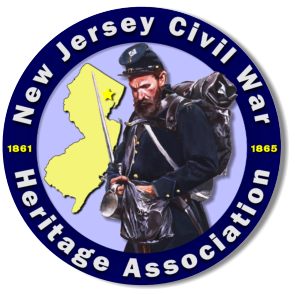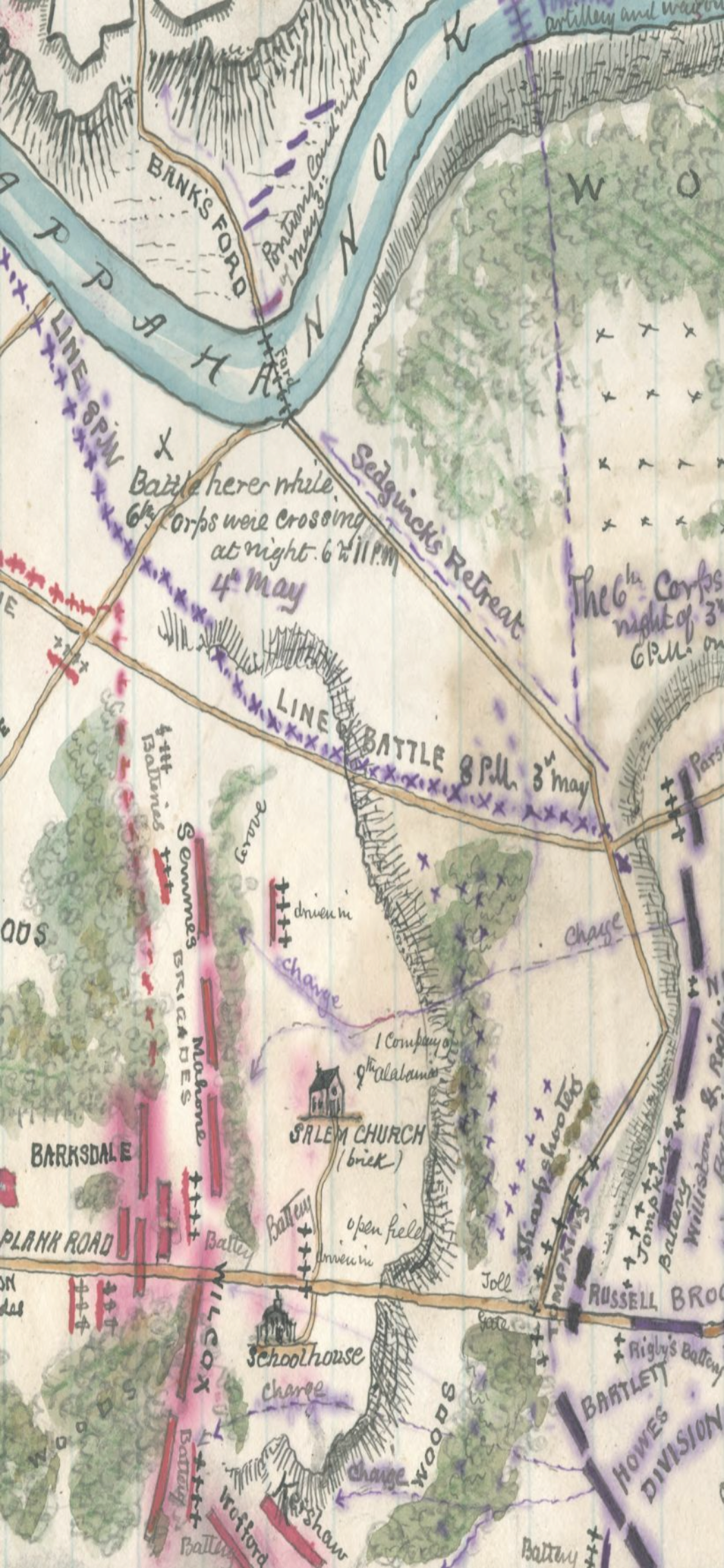



In
1860,
New
Jersey
was
evolving
from
a
rural,
parochial
past
into
an
industrial,
cosmopolitan
future.
Immigrants
flowed
into
the
state’s
northeast
through
the
nation’s
greatest
port
of
entry,
New
York,
filling
a
growing
need
for
labor
in
an
expanding
economy,
yet
giving
rise
to
social
and
political
tensions
with
the
established
order.
New
Jerseyans
had
begun
to
address
the
greatest
of
America’s
economic
and
social
dilemmas,
race-based
slavery,
as
early
as
the
eighteenth
century,
when
Quakers
condemned
the
“peculiar
institution”
and
Revolutionary
patriots
perceived
the
inherent
contradiction
between
it
and
their
cause.
Although
there
was
opposition
from
the
state’s
slaveholders,
a
gradual-
abolition
act
passed
in
1804
was
reinforced
by
stronger
legislation
in
1846.
Still,
the
1860
census
for
New
Jersey
listed
eighteen
elderly
slaves,
redesignated
“apprentices
for
life.”
While
a
significant
minority
of
New
Jerseyans
was
somewhat
sympathetic
to
Southern
interpretations
o
f
state
and
property
rights,
there
were
few,
however,
who
believed
in
the
right
of
secession,
or
the
extension
of
slavery
into the territories.
Although
most
of
New
Jersey’s
people
were
content
to
leave
slavery
alone
where
it
already
existed,
there
was
an
active
abolitionist
community
in
the
state
by
the
1850s.
In
the
years
leading
up
to
the
Civil
War,
New
Jersey
boasted
a
significant
number
of
“Underground
Railroad”
stations.
Stretching
from
Cape
May
to
Jersey
City,
these
havens
harbored
slaves
escaping
to
freedom.
Important
“conductors”
included
Harriet
Tubman,
then
a
Cape
May
hotel
cook,
and
William
Still,
New
Jersey
born
administrator
and
chronicler
of
the
“Railroad.”
The
state
also
provided
a
refuge
for
the
Grimke
sisters,
prominent
white
Southern
abolitionists,
and
produced
home-grown
anti-slavery
activists
like
Doctor
John Grimes of Boonton.
In
the
1860
election,
the
ambivalent
majority
of
New
Jersey
voters
split
their
electoral
vote
between
Abraham
Lincoln
and
Stephen
A.
Douglas.
There
was
no
great
enthusiasm
for
war
in
the
state,
but
the
Confederate
attack
on
Fort
Sumter
ignited
a
patriotic
firestorm,
and
New
Jersey
sent
the
first
full
militia
brigade
to
defend
Washington.
By
the
end
of
the
conflict,
the
state
had
raised
thirty-three
regiments
of
infantry,
four
of
militia,
three
of
cavalry
and
five
batteries
of
artillery.
The
New
Jersey
adjutant
general
recorded
88,305
men
who
served
during
the
war,
including
New
Jerseyans
who
fought
in
other
states’
units
and
more
than
2,900
black
Jerseymen
who
served
in
the
United
States
Colored
Troops
and
navy.
More
than
6,200
of
these
men
died
in
service
from
combat
and
non-combat
causes,
including
as
inmates
of
prison
camps.
Twenty-six
soldiers
from
New
Jersey
regiments
were
awarded
the
Medal
of
Honor,
as
were
six
sailors
and
two
Marines
credited
to
New
Jersey
and
several
men
born
in the state but serving from other states.
New
Jersey’s
soldiers
were
a
diverse
lot,
representing
the
ethnic
and
religious
mosaic
that
became
the
state’s
twentieth-century
trademark.
Among
them
were
native-born
Protestant
descendants
of
the
original
Dutch
and
English
settlers,
like
Colonel
Gilliam
Van
Houten
of
the
Twenty-first
New
Jersey
Infantry
and
Surgeon
Gabriel
Grant
of
the
Second
New
Jersey
Infantry,
and
Jews
like
the
capable
Captain
Myer
Asch
of
the
First
New
Jersey
Cavalry.
And
then
there
were
Catholic
Irishmen,
like
Captain
Michael
Gallagher
of
the
Second
New
Jersey
Cavalry,
a
leader
in
the
greatest
POW
escape
in
American
military
history.
There
were
Italians,
like
musician
Alexander
Vandoni
of
the
Twenty-seventh
New
Jersey
Infantry,
Poles,
like
dashing
Colonel
Joseph
Karge
of
the
Second
New
Jersey
Cavalry
and
Germans,
like
Captain
William
Hexamer
of
the
First
New
Jersey
Artillery’s
Battery
A.
Two-thirds
of
the
men
in
the
Fifth
New
Jersey
Infantry’s
Company
C,
recruited
in
Hudson
City
(part
of
today’s
Jersey
City),
including
Mexican
Corporal
Calisto
Castro,
were
foreign
born.
Beginning
in
1863,
New
Jersey’s
African
Americans
flocked
to
the
colors
as
well,
including
Sergeant
William
Robinson
of
the
Twenty-second
United
States
Colored
Infantry,
who
was
commended
by
his
captain
as
“especially
distinguished
for
gallant
conduct,”
and
Sergeant
George
Ashby
of
the
Forty-fifth
US
Colored
Infantry,
who
died in 1946, the last surviving New Jersey Civil War soldier.
New
Jersey’s
women
made
their
presence
known
on
and
off
the
battlefields,
and
included
nurses
like
Cornelia
Hancock,
who
was
known
as
“America’s
Florence
Nightingale,”
and
Somerville
native
Arabella
Wharton
Griffith
Barlow,
who
nursed
her
husband,
a
general,
back
to
health
and
later
died
of
typhus
while
tending
sick
soldiers.
Nationally
known
Trenton
poet
Ellen
C.
Howarth
supported
the
troops
in
writing,
with
works
like
“My
Jersey
Blue,”
and
famed
artist
Lilly
Martin
Spencer
of
Newark
painted
the
story
of
the
home
front,
while
noted
abolitionist
Rebecca
Buffum
Spring
turned
her
Perth
Amboy
Eagleswood
School
into
a
military
academy,
putting
her
natural
pacifism
on
hold
for
the
greater good.
Despite
a
strong
pro-southern
“Copperhead”
element
in
the
state
and
the
fact
that
New
Jersey’s
electoral
vote
went
against
President
Lincoln
in
the
election
of
1864,
governors
Charles
Olden
and
Joel
Parker
strongly
supported
a
Union
victory
and
future
governor
Marcus
Ward
provided
so
much
aid
and
comfort
to
military
men
and
their
families
that
they
dubbed
him
“the
soldier’s
friend."
Abroad,
New
Jersey
diplomats
like
William
L.
Dayton
and
Thomas
H.
Dudley
contributed
materially
to
the
Union
cause
by
blocking
Confederate
attempts to secure foreign assistance.
In
1840,
27,000
New
Jerseyans
were
involved
in
industrial
production.
By
1860,
that
number
had
more
than
doubled.
New
Jersey’s
industrial
might
soon
went
to
work
to
help
win
the
war,
as
the
state’s
civilian
manufacturing
base
rapidly
converted
to
military
production
in
a
preview
of
the
nation’s
World
War
II
experience.
Garment
makers
like
John
Boylan
of
Newark
and
Nathan
Barnert
of
Paterson
manufactured
hundreds
of
thousands
of
uniforms,
while
cutlery
manufacturers,
including
James
Emerson
of
Trenton
and
Henry
Sauerbier
of
Newark,
turned
out
thousands
of
swords
and
bayonets.
Skilled
workmen
at
Charles
Hewitt’s
Trenton
Iron
Works
made
1,000
musket
barrels
a
week
at
the
height
of
the
war
and
Paterson’s
Rogers,
Ketchum
and
Grosvenor
Locomotive
Works
built
many
of
the
railroad
engines
that
contributed
to
the
significant
Union
technological
advantage
that
tipped
the
scales
to
victory.
New
Jerseyans
fought
in
all
the
war’s
major
campaigns,
distinguishing
themselves
in
numerous
battles.
The
state’s
citizens
supported
their
soldiers
in
the
field
and
produced
the
sinews
of
war
that
made
victory
possible.
All
of
their
sacrifices
assured
the
survival
of
a
united
and
free
country.
It
was
not
a
country
without
problems,
but
one
with
infinite
possibilities
that
have
carried
us
into
the
twenty-first
century.
For
this
we
owe
a
deep
debt
of
gratitude
to
those
long
dead men and women of the nineteenth century. And for this we will remember them.
- Joseph G. Bilby
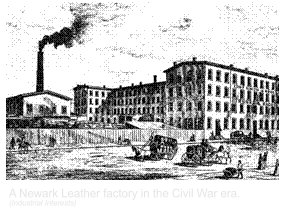
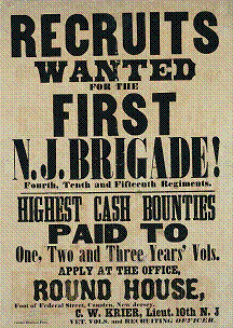
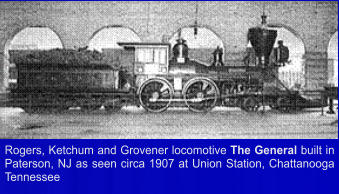
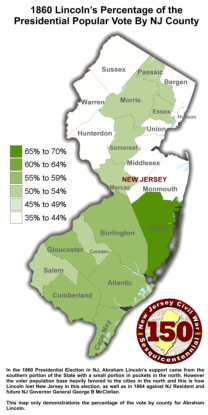
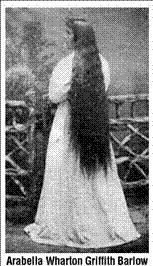






New Jersey in the Civil War
Civil War Heritage Assn
